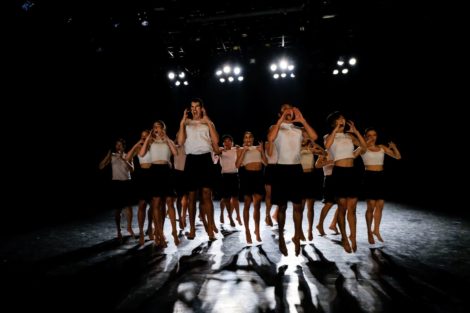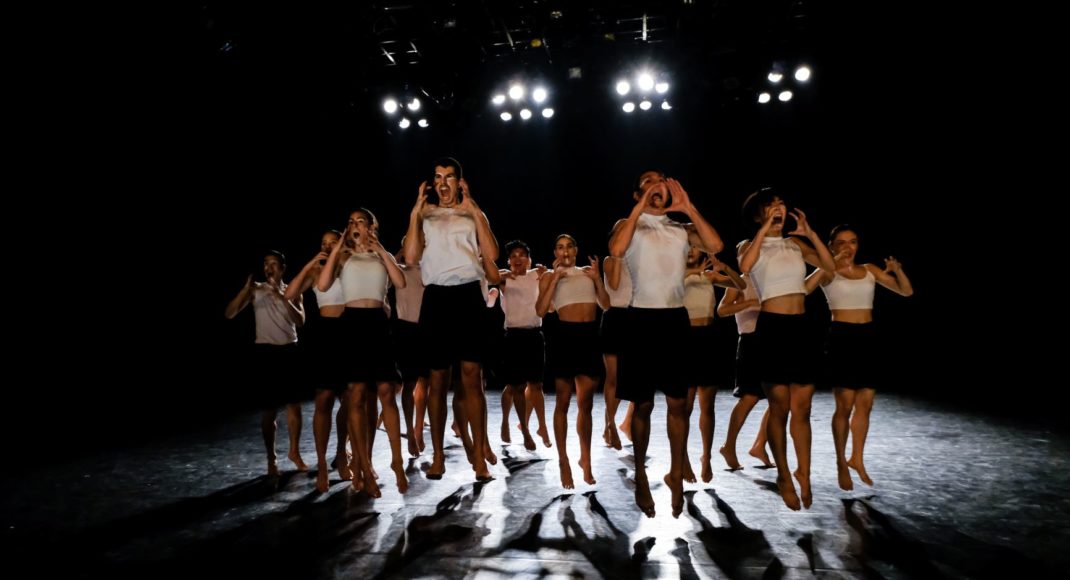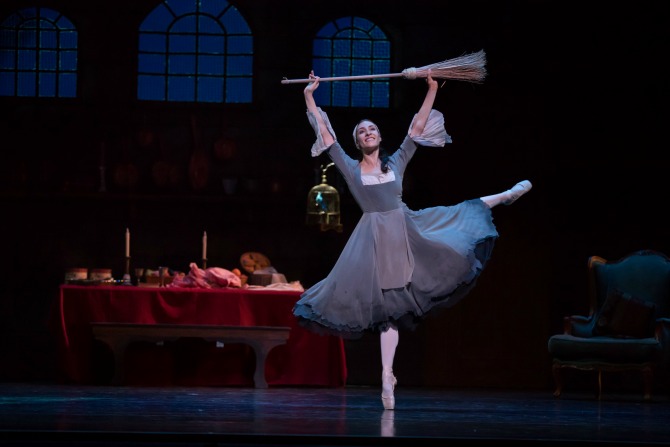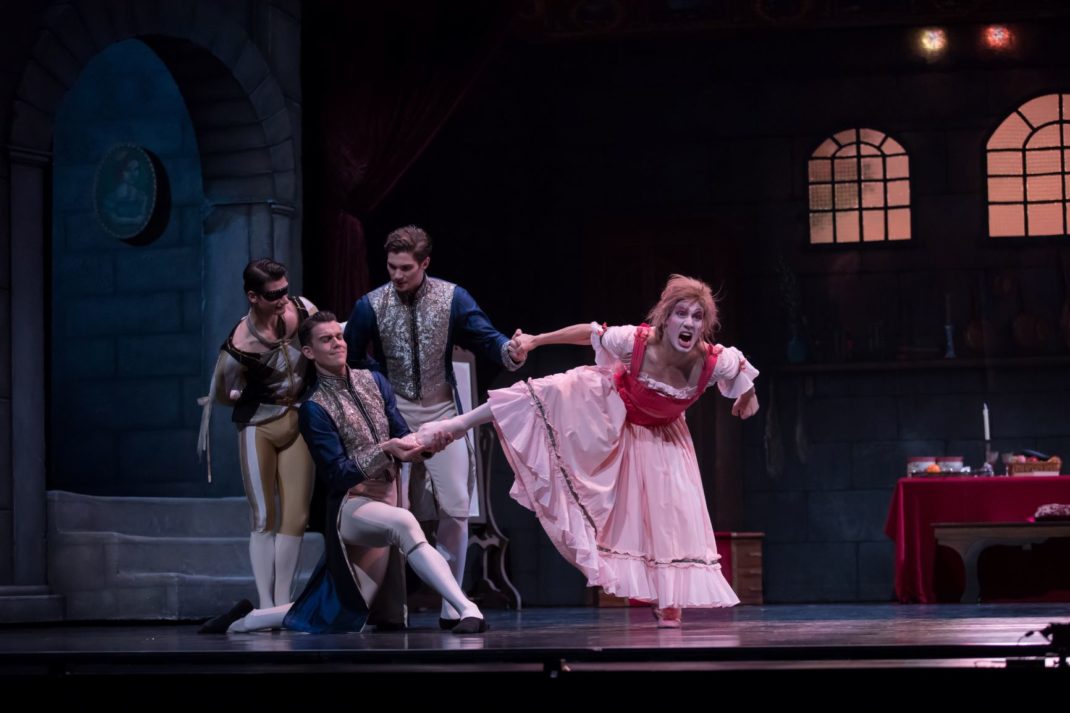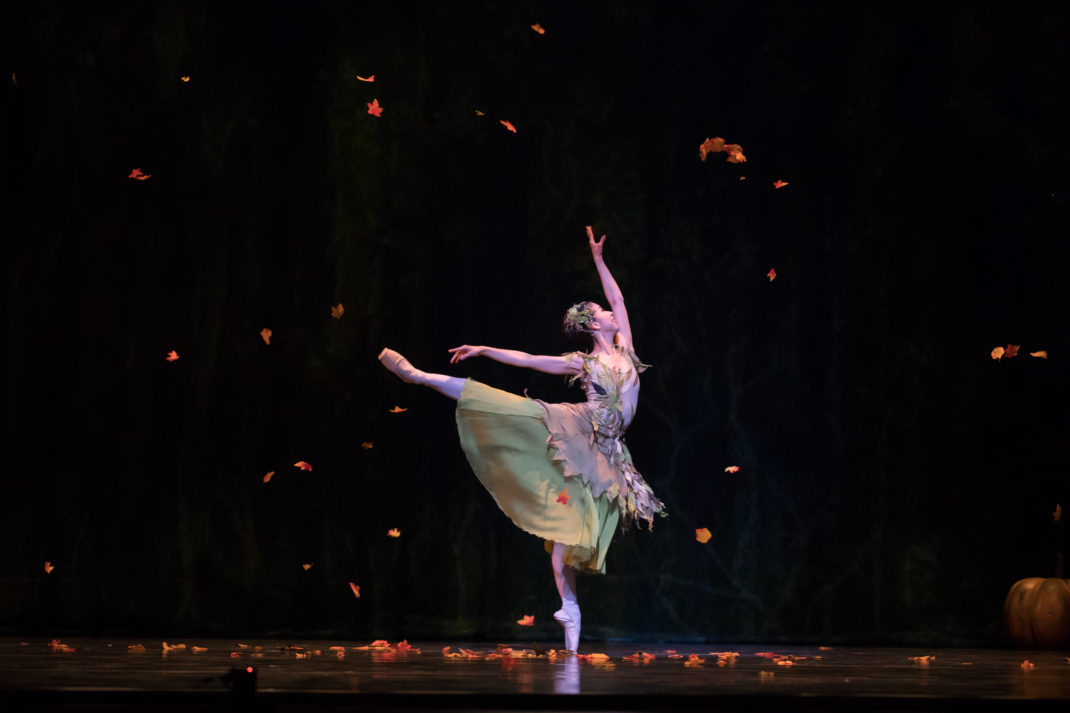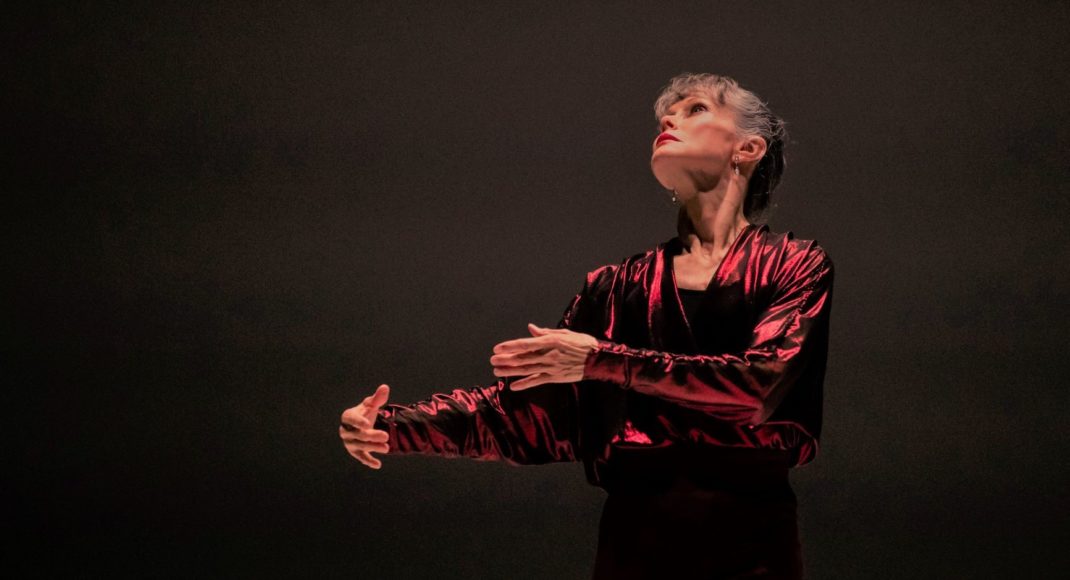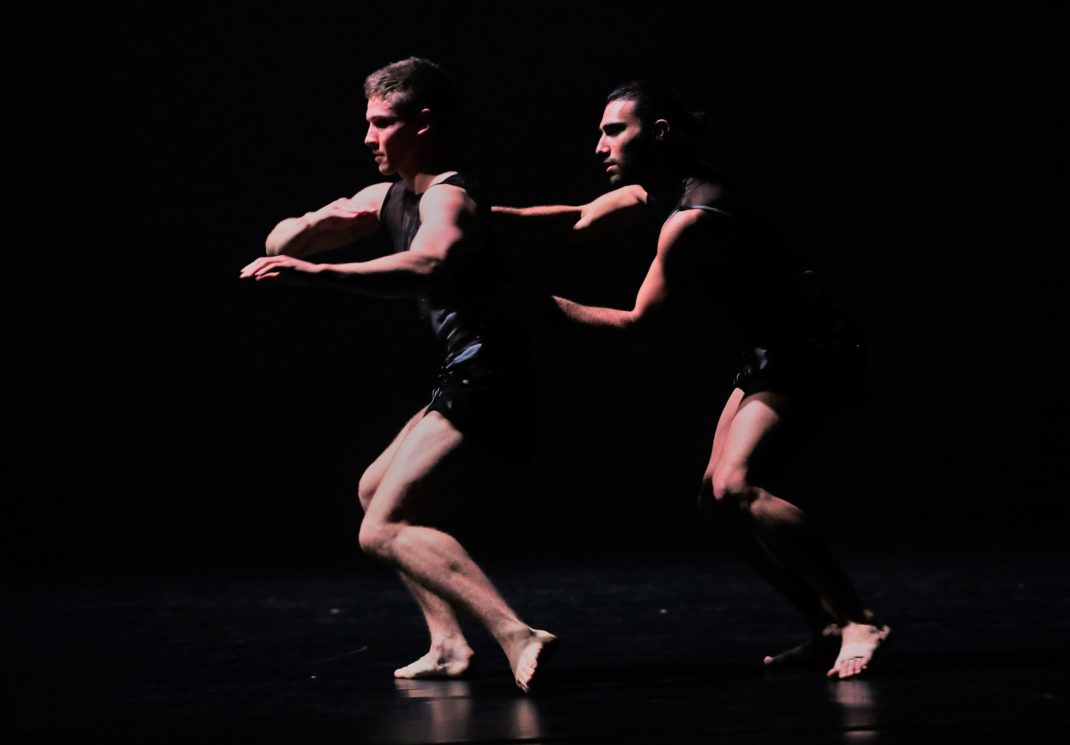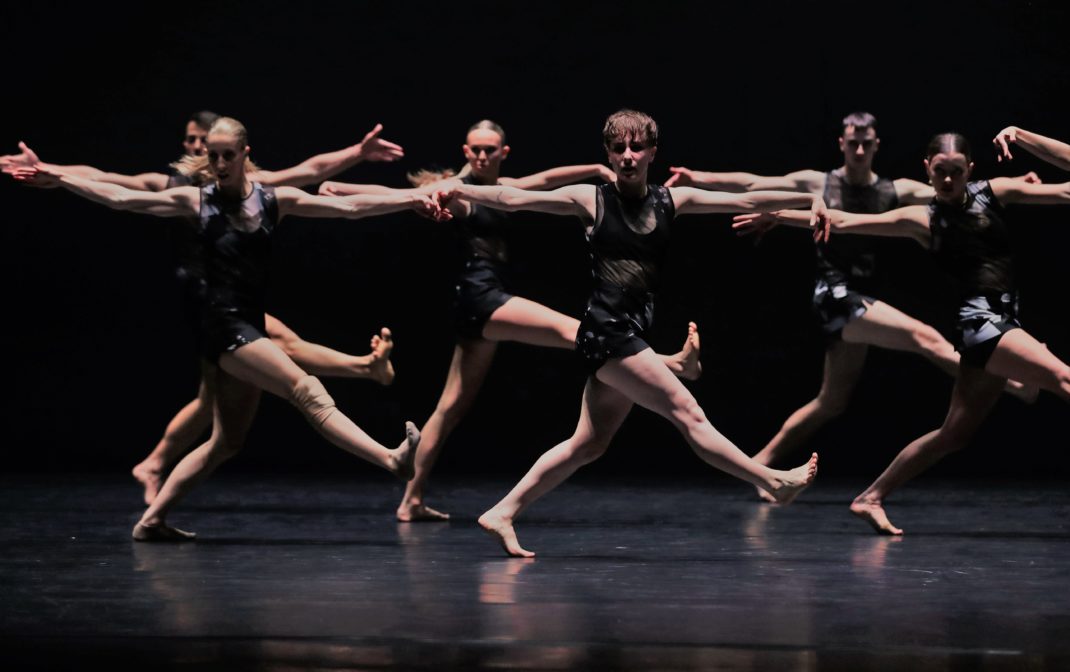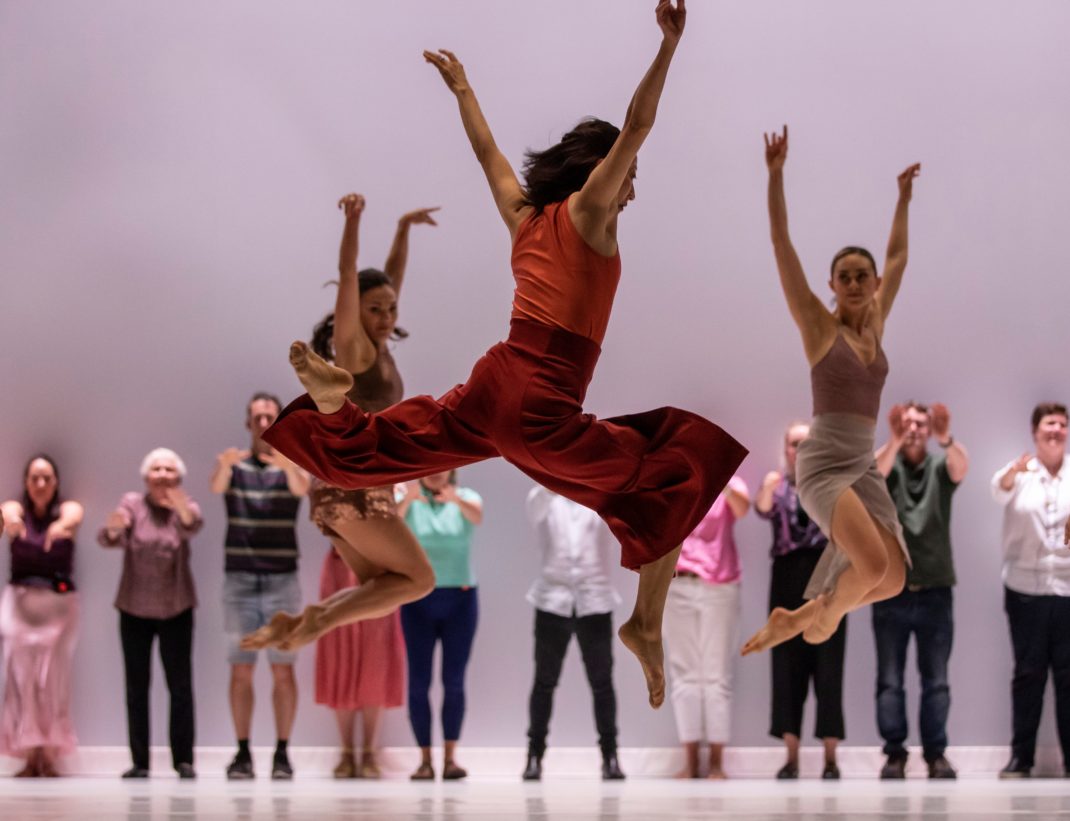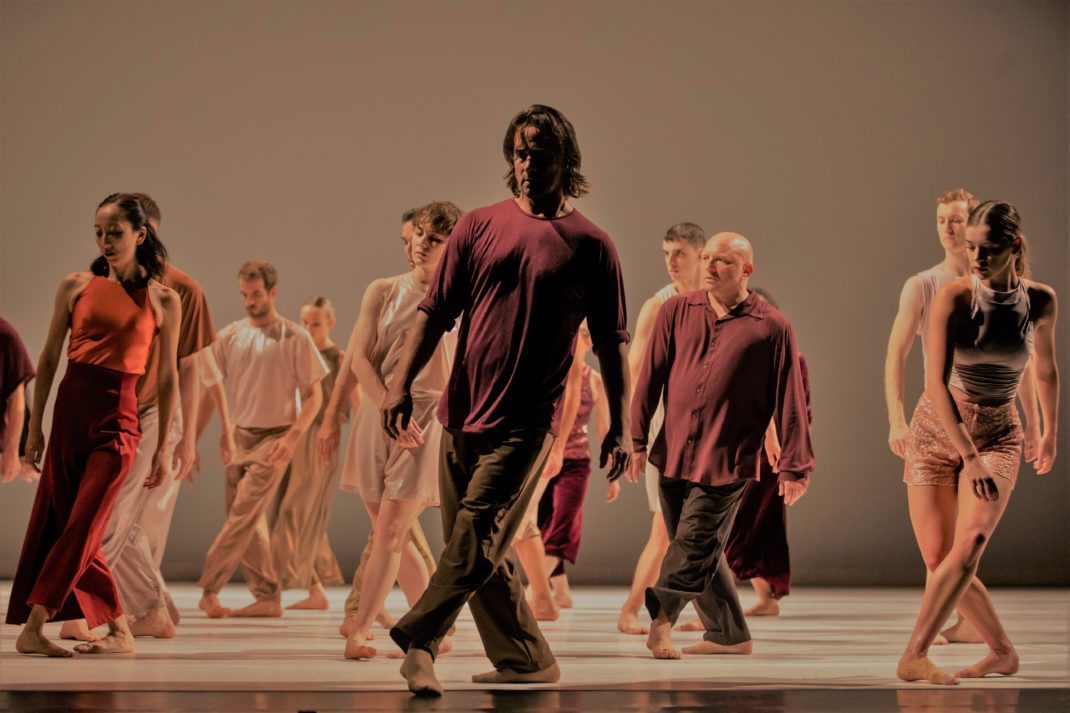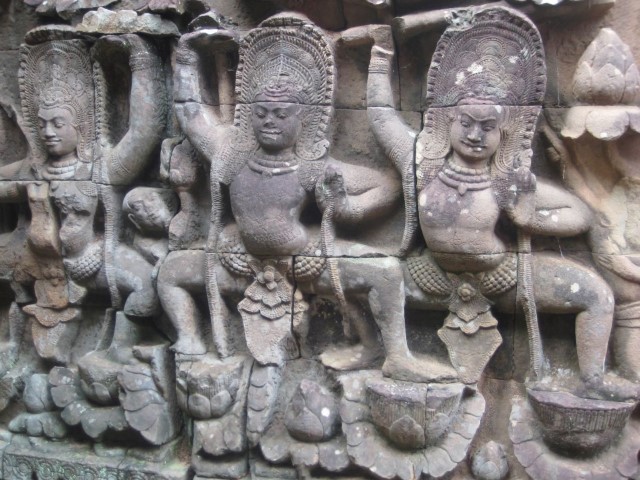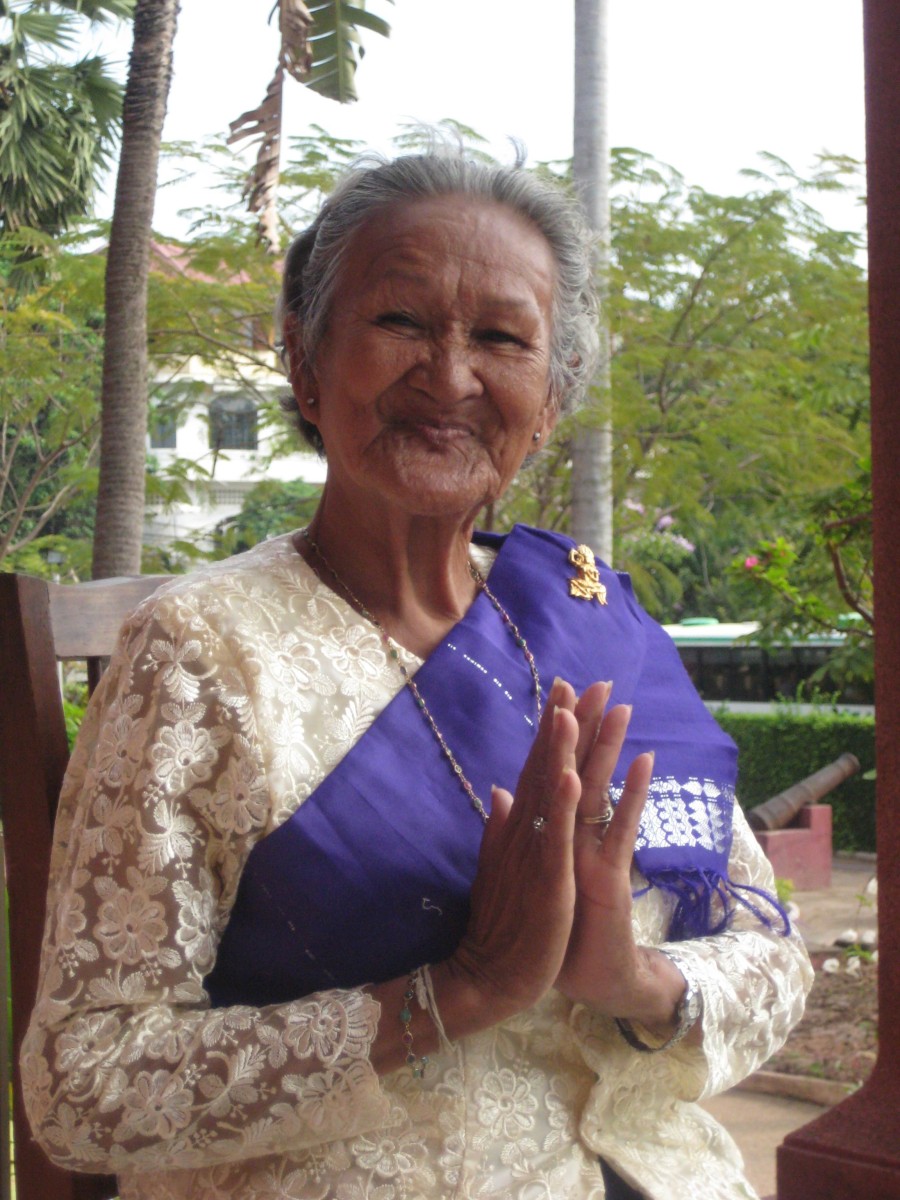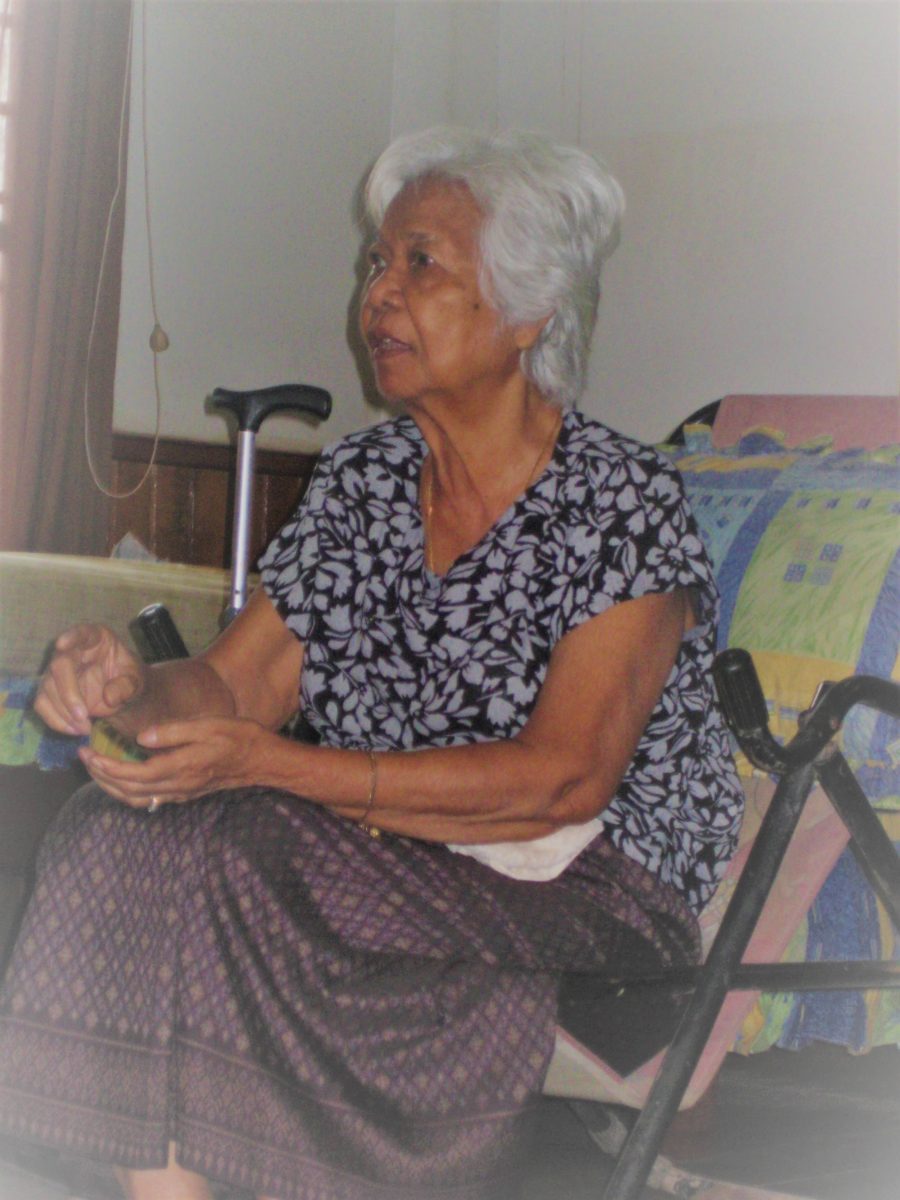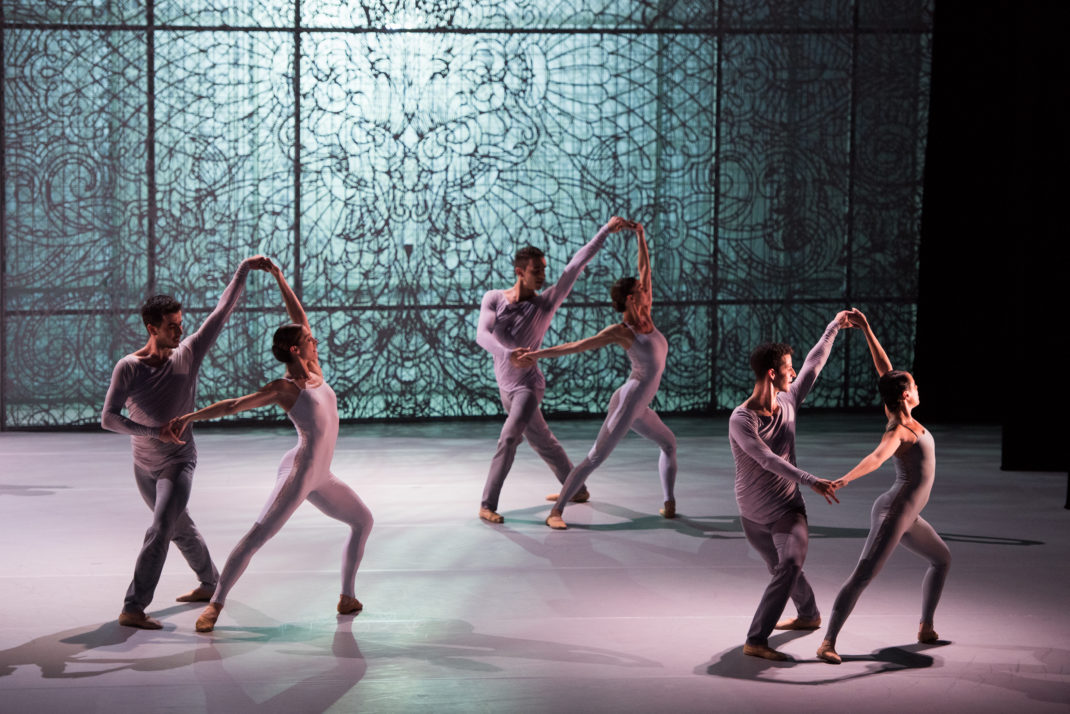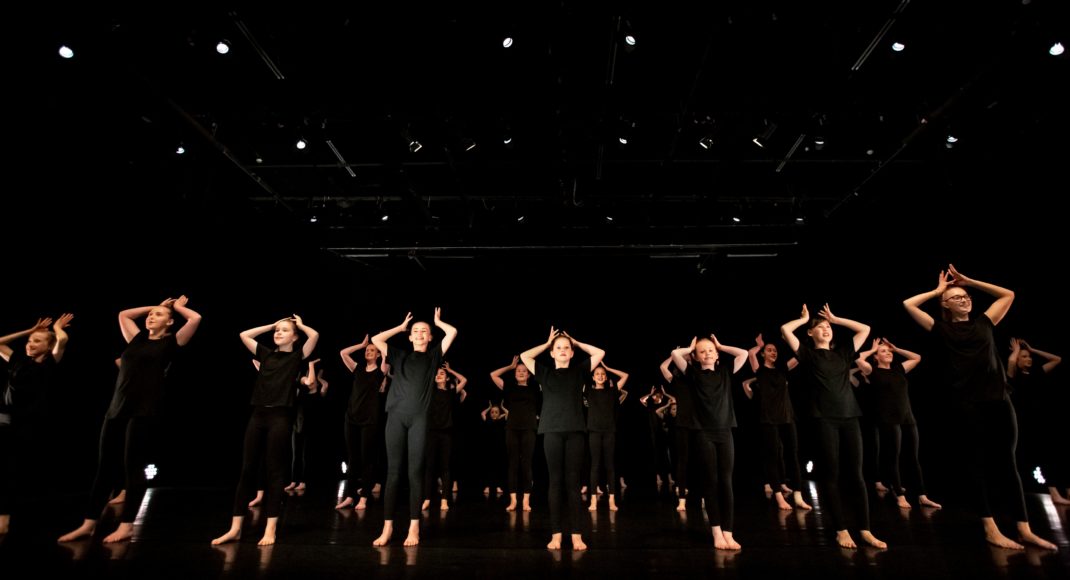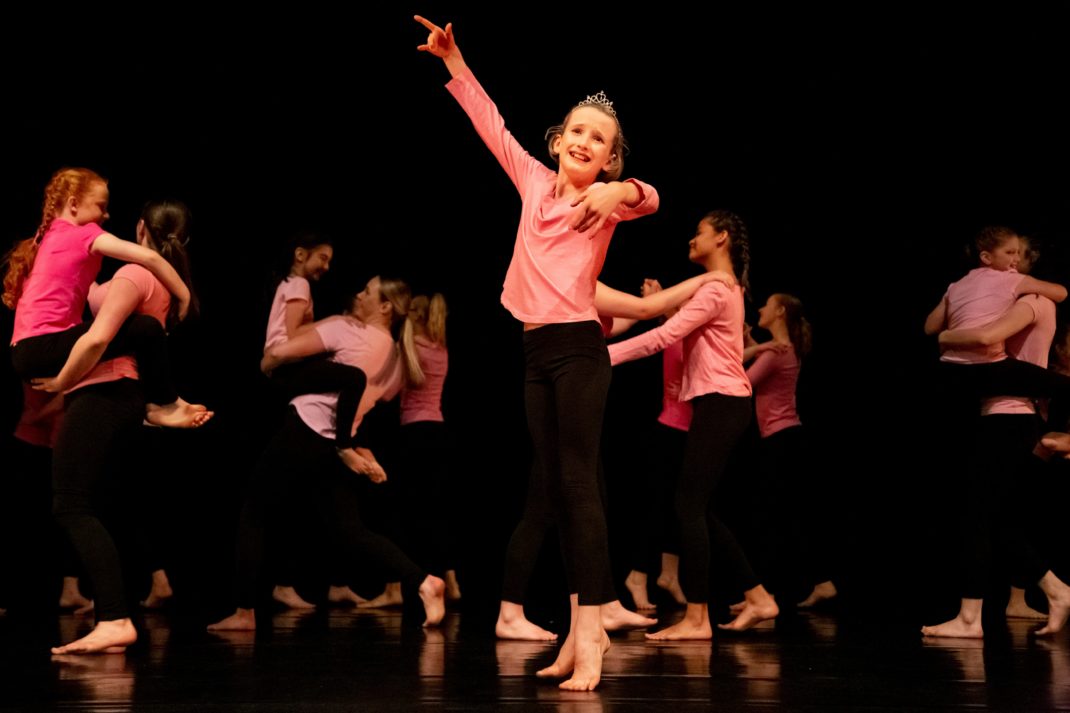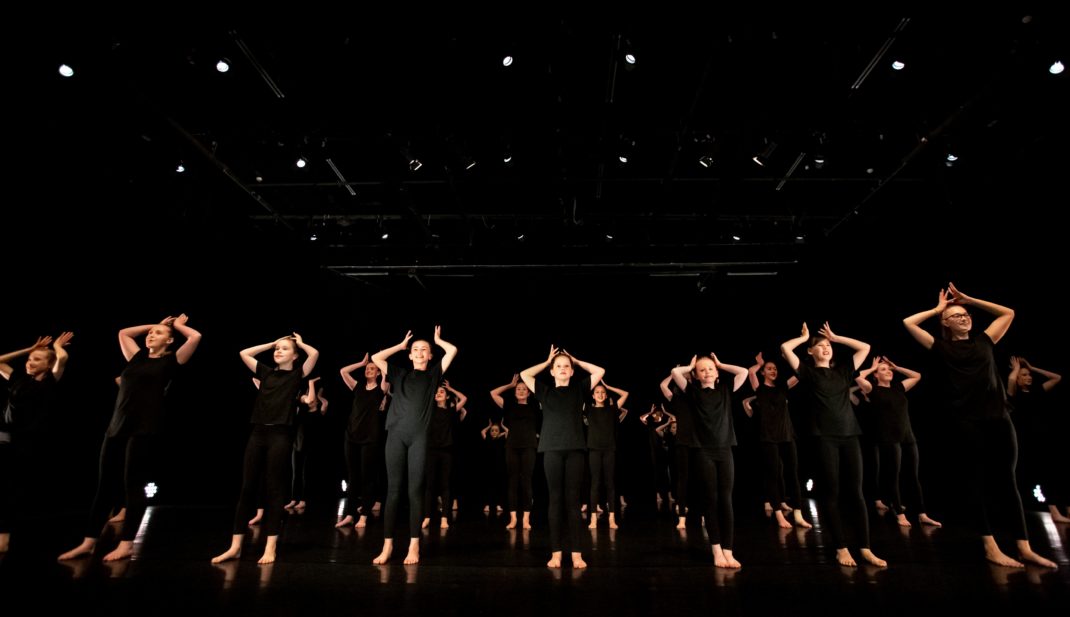7 November 2019. The Q, Queanbeyan
Matrix comprised two works, Auto Cannibal by Stephanie Lake, and Encircling Voyage by MA Bo. The program was created in Beijing over a five week period when twenty dancers, six from the Brisbane-based Expressions Dance Company and fourteen from the Beijing-based Beijing Dance/LDTX came together to work and collaborate. The Queanbeyan performance was just the second Australian show with the program having had its Australian premiere in a single performance in Cairns earlier in November. It continues on to Brisbane and then to Hong Kong.
Perhaps the first thing to say is that the twenty dancers, from two vastly different cultures, blended together beautifully. There was no attempt to separate the Australian performers from their Chinese colleagues and all twenty absorbed two quite different choreographic approaches with apparent ease. No one was singled out by name on the printed program (in fact the dancers names were never given). It nevertheless was a surprising and enriching evening.
Lake’s Auto Cannibal opened the program and first up I wondered what on earth ‘auto cannibal’ meant. Well, in program notes Lake wrote, ‘When creating new work I’m conscious of the regurgitation of past choreographic ideas. I’m sometimes afraid that I’m repeating myself or cannibalising my own work.’ So the title is very much a personal notion and had little effect on how I saw the work. Perhaps it was even an unnecessary distraction?
That aside, I was moved by Auto Cannibal, mostly as a fascinating piece of abstract choreography. It was at times quite regimented. There were, for example, moments of marching-style movement as dancers crossed the stage, as well as powerful moments of unison movement. At times, however, some dancers broke away from the group and set up mini groups of their own giving a satisfying change of pace. Some solos and duets looked spectacular as a result of the way Lake wraps bodies around each or brings them together in groups that arouse curiosity.
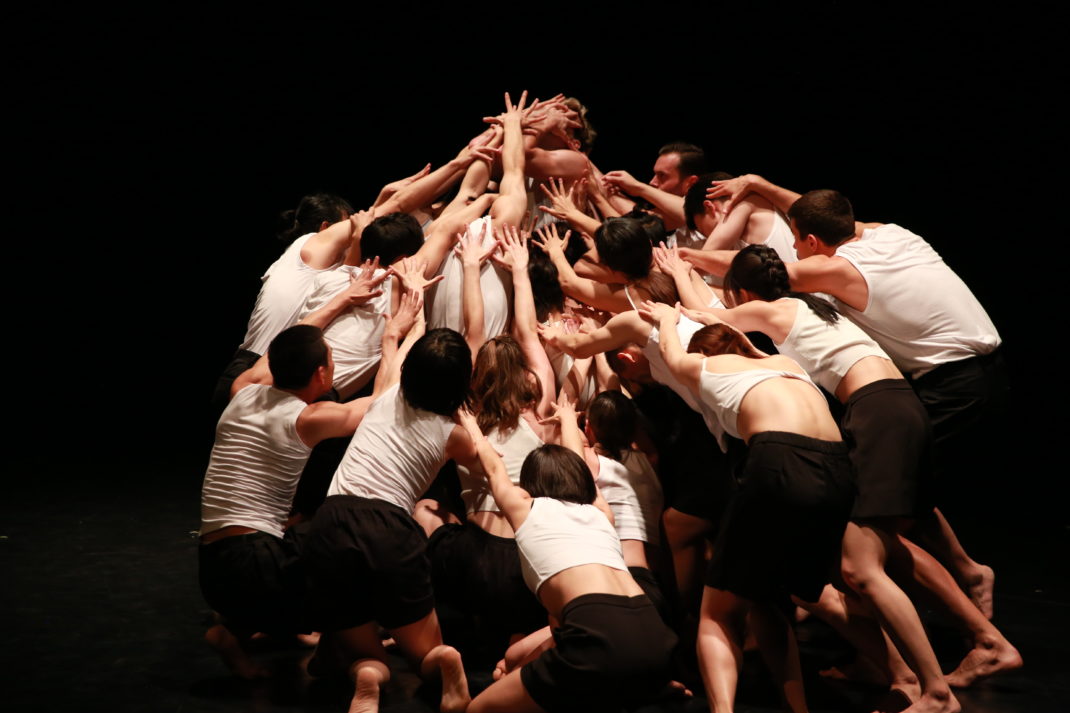
This was a sophisticated choreographic work and costumes by XING Yameng, lighting by Joy CHEN and a sound score by Robin Fox all added to its success.
MA Bo’s Encircling voyage, which completed the program, had a clear, if general rather than specific focus. Through her choreography MA examined the young and the old in society and the processes they go through during the cycle of life. A distinctive feature of MA’s work was her use of several long, low benches with a surface that at times became mirror-like under the lighting, again by Joy CHEN. Sometimes these benches were used for seating, at other times they were turned on their side and acted as pillar-like objects, while towards the end of the work they were pushed together to form a table on which a death seemed to take place (at least that’s how I read it). Ash filled the air at the end of the work.
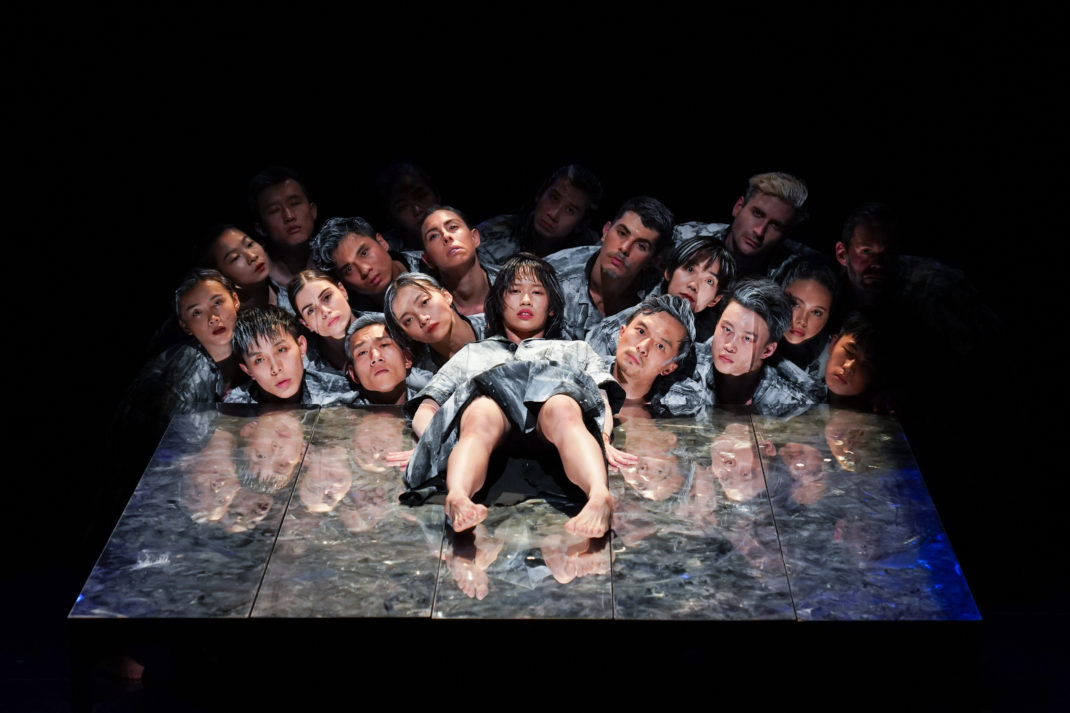
MA’s choreography contained a variety of moves from startling and complex solos and duets in which arms and legs were pushed into extreme positions, to shuffling, bent-over movements that appeared to signal the aged community. We even saw a bit of crawling that took us back to babyhood. Similarly the soundscape, which contained music by David Darling and sound effects by MAO Liang, ranged from baby cries to what might be considered more musical sounds.
Apart from the costume nudity towards the end of the death scene, all the dancers wore the same long dress designed by WANG Yan. While it was quite pleasing to the eye when the dancers were upright, and looked especially good when the dancers grouped together and shuffled across the stage. But it was not nearly so attractive when the dancers were throwing themselves into extreme positions when it never seemed to come back to rest and tended to show off the dancers’ underwear for rather too long a time.
This was an engaging evening of contemporary dance. Perhaps its most arresting feature was the nature of the collaboration in which two cultures blended so well together. Bouquets to the dancers for achieving such immersion.
Michelle Potter, 9 November 2019
Featured image: Stephanie Lake’s Auto Cannibal 茁长的掠食 from Matrix, 2019. Photo: ©️ WANG Xiao-jing
